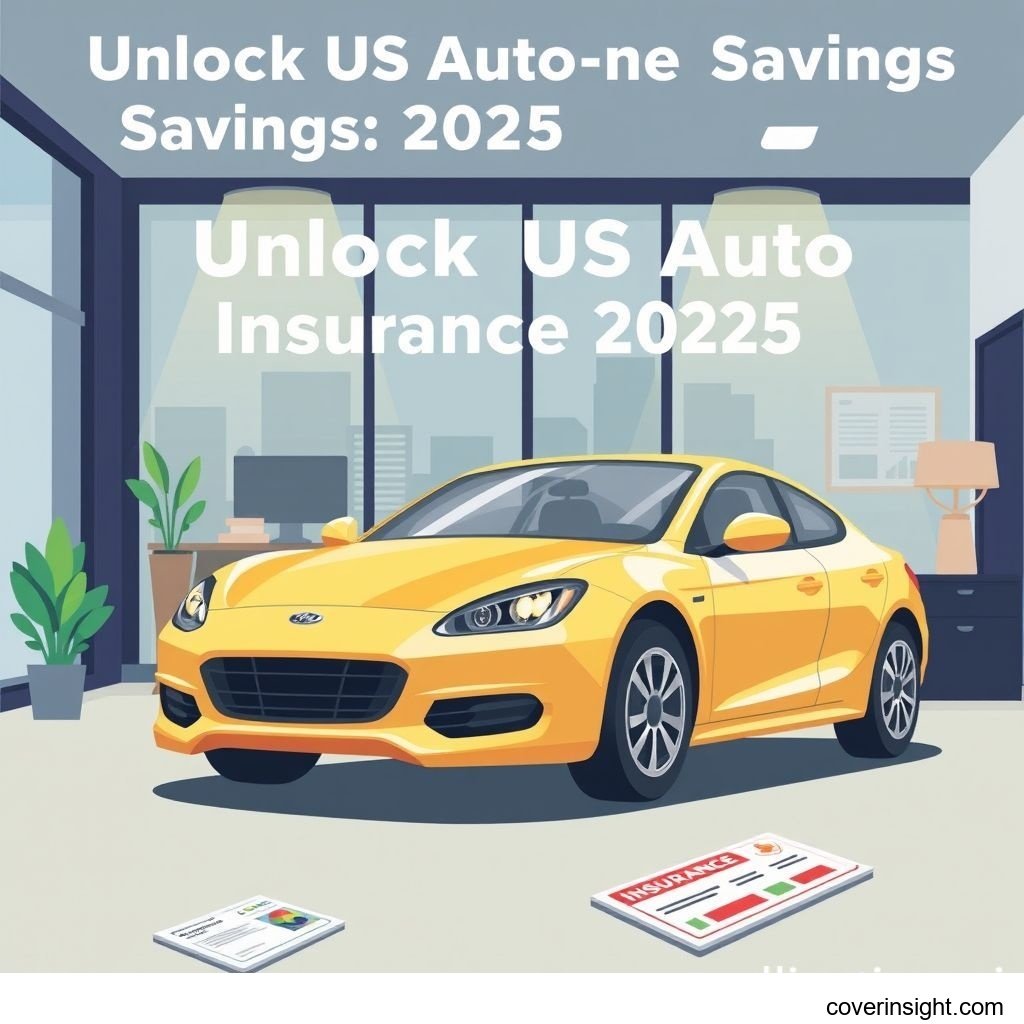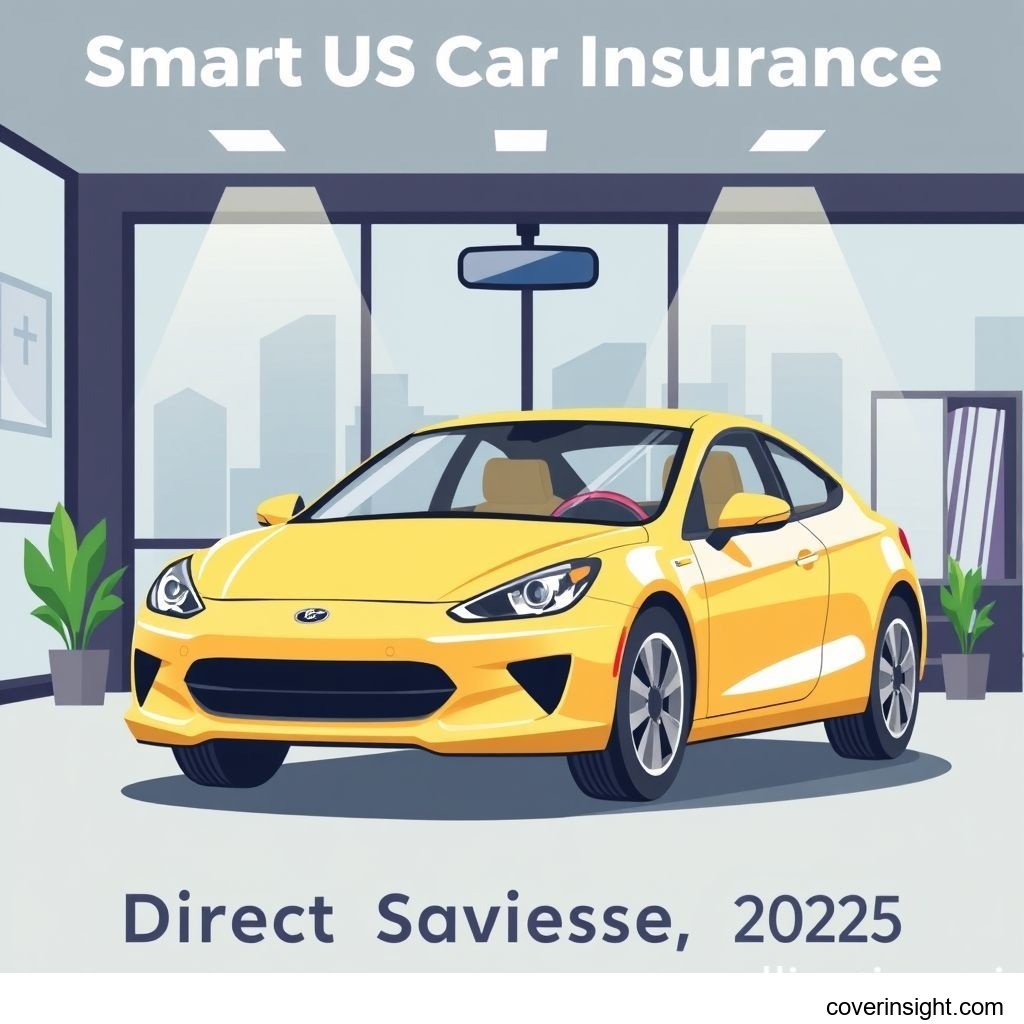Introduction
As we roll into 2025, understanding the landscape of US auto direct insurance is more crucial than ever for American drivers. The digital age has transformed how we shop for coverage, allowing consumers to bypass traditional agents and purchase policies directly from insurers. This shift empowers drivers to compare options, customize plans, and potentially unlock significant savings. In a market where premiums can fluctuate based on a myriad of factors, being well-informed isn't just an advantage—it's a necessity for securing the right protection at the best price.
Coverage Details
What’s Included
Typically, a comprehensive auto direct insurance policy in the US comprises several key components designed to protect you financially in various scenarios. Liability coverage is fundamental, covering damages and injuries you might cause to others in an at-fault accident. This usually splits into bodily injury liability (for medical expenses and lost wages of others) and property damage liability (for repairs to their vehicle or property).
Beyond liability, many drivers opt for collision coverage, which pays for damage to your own vehicle resulting from a collision, regardless of fault. Comprehensive coverage steps in for non-collision incidents like theft, vandalism, fire, or damage from natural disasters. Additionally, uninsured/underinsured motorist (UM/UIM) coverage is vital, protecting you if you're hit by a driver without enough insurance. Finally, Personal Injury Protection (PIP) or Medical Payments (MedPay) coverage helps cover your medical expenses and sometimes lost wages, regardless of who was at fault in an accident.
Common Exclusions
While policies offer robust protection, it's equally important to know what they generally don't cover. Common exclusions include intentional damage or injuries caused by you, damages incurred during competitive driving or racing, and losses from using your personal vehicle for commercial purposes (like ride-sharing or delivery services) without a specific endorsement or commercial policy. Wear and tear, mechanical breakdowns, or routine maintenance issues are also typically not covered by standard auto insurance. Always review your policy's fine print to avoid surprises down the road.
Cost Analysis
Price Factors
The cost of auto direct insurance is highly individualized, with premiums influenced by a wide array of factors. Your driving record, including past accidents, traffic violations, and claims history, is a major determinant. Age and gender can play a role, with younger, less experienced drivers often facing higher rates. The type of vehicle you drive—its make, model, year, safety features, and even its color—can impact costs. Where you live, down to your specific ZIP code, also matters, as urban areas with higher theft rates or accident frequencies often see steeper premiums. Your credit-based insurance score (where permitted by state law), chosen deductibles, and the limits of your coverage also directly affect your premium.
Saving Tips
Unlocking savings on your US auto direct insurance requires a proactive approach. First and foremost, always shop around. Don't just renew with your current provider; compare quotes from multiple insurers. Many direct providers offer discounts for a clean driving record, being a good student, installing anti-theft devices, or completing a defensive driving course. Bundling your auto policy with other insurance types, like home or renters insurance, can often lead to significant savings—a popular strategy given that, according to data from the National Association of Insurance Commissioners (NAIC), bundling discounts can sometimes cut total premiums by 15-25%.
Consider increasing your deductibles; while this means paying more out-of-pocket if you file a claim, it can substantially lower your monthly premiums. For instance, a 2023 study found that increasing a comprehensive deductible from $250 to $1,000 could reduce that portion of your premium by up to 40%. Also, explore usage-based insurance programs, which monitor your driving habits and reward safe drivers with lower rates. For example, a driver in California with consistent safe habits might see a 10-15% reduction after a few months on such a program, as illustrated by a common case study from a major direct insurer. Remember, just as you'd explore various options on sites like Healthcare.gov for health needs, it's wise to compare different insurance types and providers. For more general financial planning and consumer resources, you can always check comprehensive platforms like Insurance Resources Global.
FAQs
How much does auto direct insurance cost?
The cost varies significantly based on individual factors like driving history, vehicle type, location, and desired coverage limits. It can range from a few hundred dollars to several thousand per year.
What affects premiums?
Key factors include your driving record, age, gender, vehicle make and model, ZIP code, credit-based insurance score, chosen deductibles, and the amount of coverage purchased.
Is it mandatory?
Almost every US state mandates some form of auto insurance, typically requiring at least minimum liability coverage to drive legally. For specific state requirements, check with your State Insurance Departments.
How to choose?
Compare quotes from multiple providers, assess your coverage needs against your budget, read customer reviews, and understand the insurer's claims process and financial stability. Don't just focus on price; consider value and reliability. For broader guidance, consider visiting US Insurance Home.
Consequences of no coverage?
Driving without mandatory auto insurance can lead to severe penalties, including fines, license suspension, vehicle impoundment, and even jail time in some states. If you cause an accident without insurance, you'd be personally responsible for all damages and injuries, which can be financially devastating.
Author Insight & Experience:
Based on my experience living in the US and navigating its complex insurance landscape, the biggest mistake people make is setting it and forgetting it. Auto insurance isn't a "one and done" decision; your life circumstances change, your vehicle ages, and the market evolves. As someone who has personally seen premiums shift dramatically from year to year, I've learned that a quick 15-minute comparison shop annually can literally save you hundreds of dollars. It’s not just about finding the cheapest option, though; it’s about finding the best value that truly protects you and your family when it matters most.








Comments